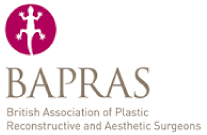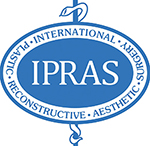Anisomastia Congenital Disorders
Anisomastia is a condition of severe asymmetry of the breasts. In other words, one breast appears significantly smaller or larger than the other in size and volume.
Breast asymmetry may be a result of hormonal factors or trauma. As this condition carries a significant psychological burden for a woman, surgical intervention is required on either one or both breasts.
Types of Disorders
Anisomastia: Significant asymmetry of the two breasts in terms of size and shape. A combination of a breast lift, reduction and augmentation can prove to be great surgical options to treat anisomastia.
Athelia/Inverted nipples: Defined as an absence of the nipple and areola complex. In such cases, reconstructive techniques which create a new nipple are sought.
Amastia: The absence of the breast and nipple, as the breast fails to develop during adolescence.
Gigantomastia: Condition that causes excessive growth of breasts; apart from being an aesthetic issue, it can cause musculoskeletal or respiratory problems, rending its correction necessary.
Accessory breast: This is a hereditary breast malformation in which an extra atrophic breast with nipple-areola complex is evident usually near the normal breasts or in the axilla.
Polythelia: The presence of one or multiple nipples, just below the regular one or along the milk lines, from the axillae to the groin areas, which are surgically removed.
Tuberous breast: In tuberous breast deformity the breasts appear underdeveloped and there is obvious asymmetry of the breasts; wide distance between breasts, sagging breasts and large, hypertrophic nipples. The surgical correction is a treatment option using silicone implants.
Hypoplasia: When the breasts do not develop normally and are relatively small or there is a large asymmetry in them. A breast augmentation may be an option to reshape the breast and correct assymetry.



















